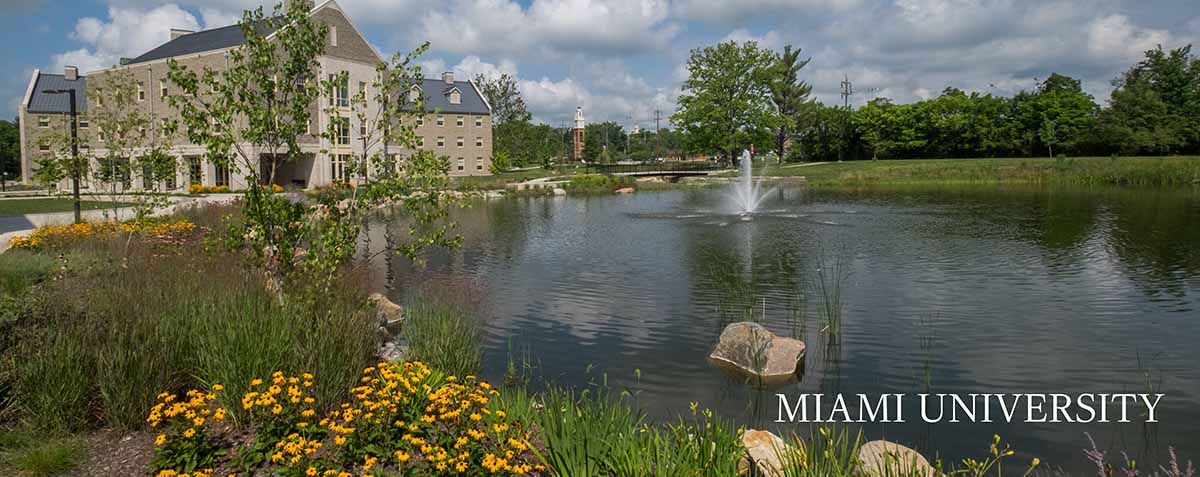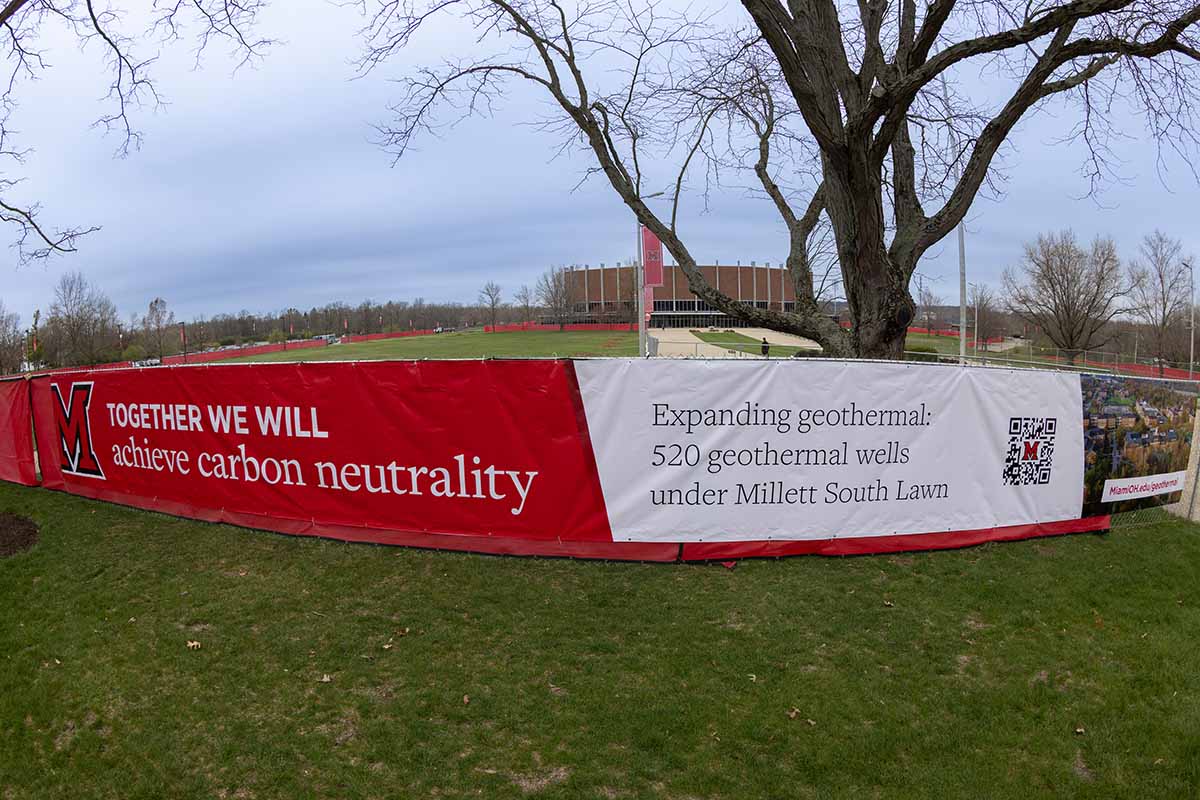Target 3: Electrify campus equipment and appliances to reduce fossil fuels burned on-site as much as possible.
- Action: Electrify all domestic water boilers in residence halls by 2030.
- Action: Electrify clothes dryers in all residence halls as rental contracts are renewed or machines are replaced by 2030.
- Action: Accommodate steam-based laboratory equipment such as autoclaves and cage washers and kitchen equipment such as dishwashers when the steam plant is retrofitted for heating hot water (HHW) utilizing building-level electric steam boilers by 2030.

